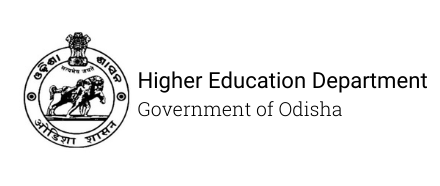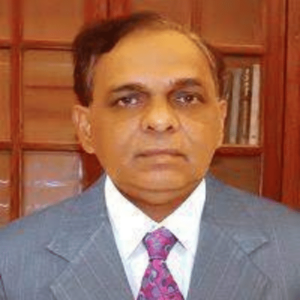
Prof. Sanjay K. Nayak
Office

Mr. Manoranjan Sethy
Personal Assistant
+91-9437165028

Mr. Jayanta K. Mohanty
+91-9437199909
+91-7008275799
0671-2200160
vc[at]ravenshawuniversity[dot]ac[dot]in
From the Vice-Chancellor's Desk
Leading an institution of higher education, as it shapes into its ever evolving post-colonial present, with its “remembered” pasts traced to colonial times, is indeed a matter of great honour. It undoubtedly accompanies ineffably a sense of privilege while importantly, it gestures towards a moment of soul-searching as well. Marked by an unwavering commitment to learning, growth, common good, empathy and diversity, Ravenshaw’s lifeworld has remained animated with the quintessential spirit to educate the citizen and citizen leaders of our society.
In crafting an inventive vision for the institution, it has committed itself to the transformative power of a liberal arts and sciences education. And in pursuing this, it has no less, critically interrogated norms, conventions and practices in the realm of ideas; the ways of knowing and understanding underlying knowledge and human welfare since 1868. Its (infra) structural universe has continually been remapped in sync with the principle of free exchange of ideas conducted in an ethical and interdependent atmosphere. More so, its conceptual ecology has been further enlivened by the participation of diverse community of faculty, staff, students, and alumni.
Into its teens as a University, impregnated with puzzling, and self-conflicted, yet, productive tensions, Ravenshaw today illuminates a fascinating melody of exuberance characteristic of the proto-adolescent phase of one’s life.
How do we fashion a career frame for the institutional life from here? I think this is a project that behooves the collective – students, faculty, alumni, policy people and the civil society at large – to think through the questions and be part of a persuasive solution. As I look forward to my engagement with the idea of Ravenshaw, I earnestly solicit the participation of this vibrant collective in this journey of shared belongingness!
Dr. Sanjay K. Nayak
Achievements
Lorem ipsum dolor sit amet, consetetur sadipscing elitr, sed diam nonumy eirmod tempor invidunt ut labore et dolore magna aliquyam erat, sed diam voluptua. At vero eos et accusam et justo duo dolores et ea rebum. Stet clita kasd gubergren, no sea takimata sanctus est Lorem ipsum dolor sit amet. Lorem ipsum dolor sit amet, consetetur sadipscing elitr, sed diam nonumy eirmod tempor invidunt ut labore et dolore magna aliquyam erat, sed diam voluptua. At vero eos et accusam et justo duo dolores et ea rebum. Stet clita kasd gubergren, no sea takimata sanctus est Lorem ipsum dolor sit amet. Lorem ipsum dolor sit amet, consetetur sadipscing elitr, sed diam nonumy eirmod tempor invidunt ut labore et dolore magna aliquyam erat, sed diam voluptua. At vero eos et accusam et justo duo dolores et ea rebum. Stet clita kasd gubergren, no sea takimata sanctus est Lorem ipsum dolor sit amet. Lorem ipsum dolor sit amet, consetetur sadipscing elitr, sed diam nonumy eirmod tempor invidunt ut
Former Vice-Chancellors
The Foundation of Ravenshaw college was a positive development that happened soon after the Great Famine of 1866. It was being widely believed that the devastation and misery caused by the famine was because of the lack of education. Soon, there was a wide spread public demand for setting up a college or High school in Orissa. In January 1868, the Cuttack Zilla School was raised to the status of a High School with First Arts classes. The Cuttack High School was elevated to a first grade college called Cuttack College in 1876 because of the untiring efforts of T.E. Ravenshaw who was the Commissioner of Cuttack Division. Samuel Ager was the first principal of Cuttack College. It was during his tenure that Cuttack College was renamed Ravenshaw College. Ager launched the College Emblem in 1879 with the words Jnanameva Shakti meaning ‘Knowledge is Power’.
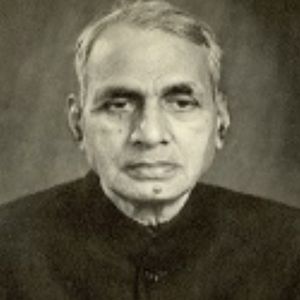
Balabhadra Prasad (Offg.)

Pranakrushna Parija

Satchidananda Ray

Mahesh Chandra Pradhan

Golak Behari Banerjee

Bama Charan Das
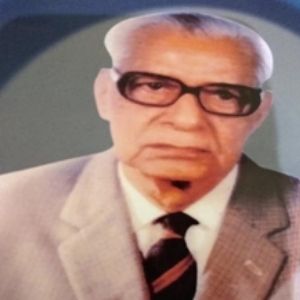
Sadasiv Mishra

Banshidhar Samantarai

Ramanath Mohanty

Devendra C. Mishra (i/c)

Bidhubhusan das

Devendra C. Mishra

K. S. R. Murty (i/c)

Mahendra Kumar Rout

Madan Mohan Nanda (i/c)

Mahendra Kumar Rout

Khetra Mohan Patnaik

Batakrushna Mohanty

Kshirod Kumar Patnaik

Dinabandhu Mishra

Umakanta Mohapatra

Laxmikanta Das
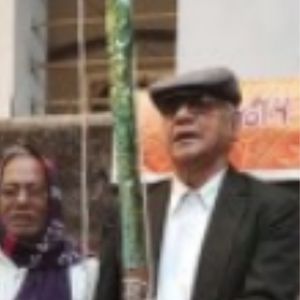
Ananta Charan Sahu

Gorachand Patnaik

Pravat Kumar Misra

Prafulla Kumar Mohanty (i/c)

Amulya Kumar Panda

Girija Prasad Acharya

Padma Charan Mohapatra (i/c)

Priyatama Deo

Ramkrushna Kar

Sachindra Kumar Patnaik (i/c)

Registrar | Ravenshaw University | Cuttack – 751003 | Odisha | India
Phone : +91-6712201690 | Email : registrar[at]ravenshawuniversity[dot]ac[dot]in






